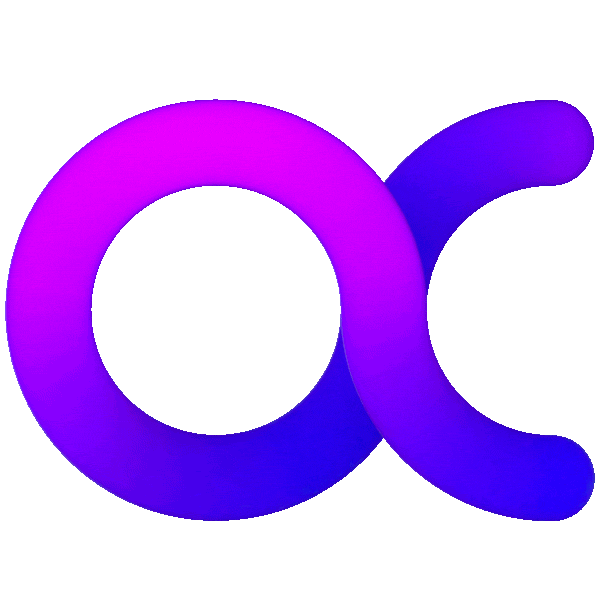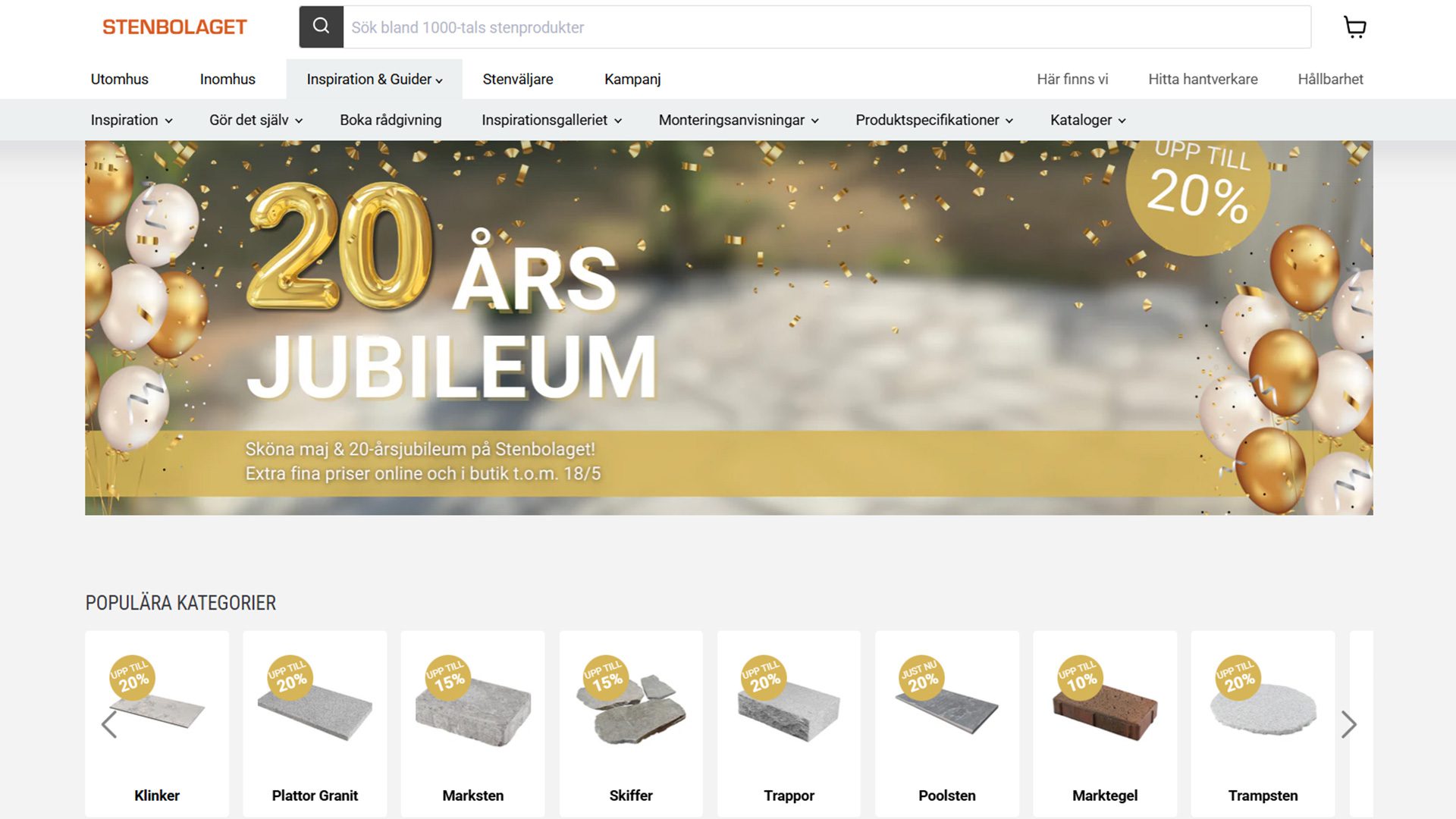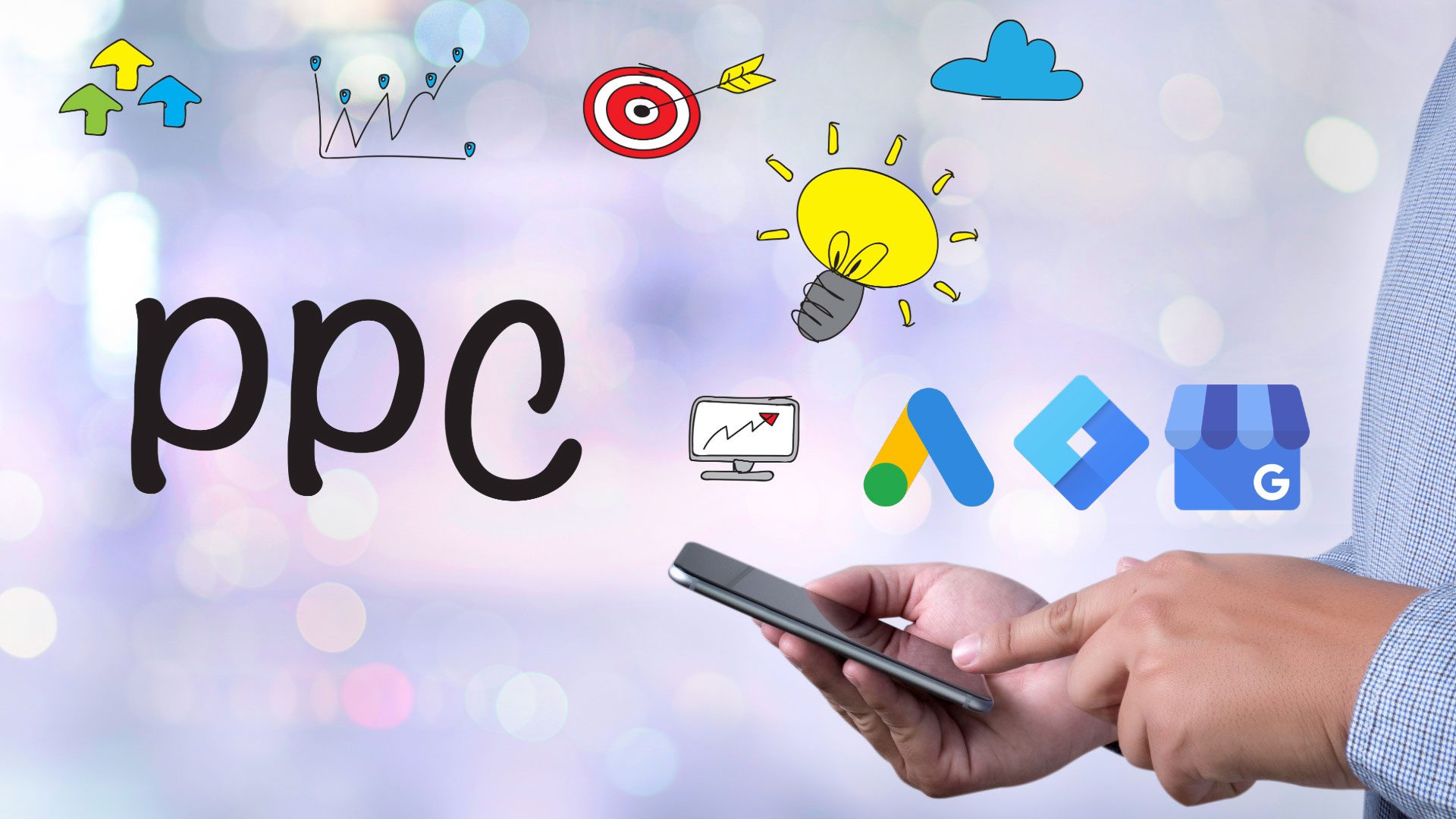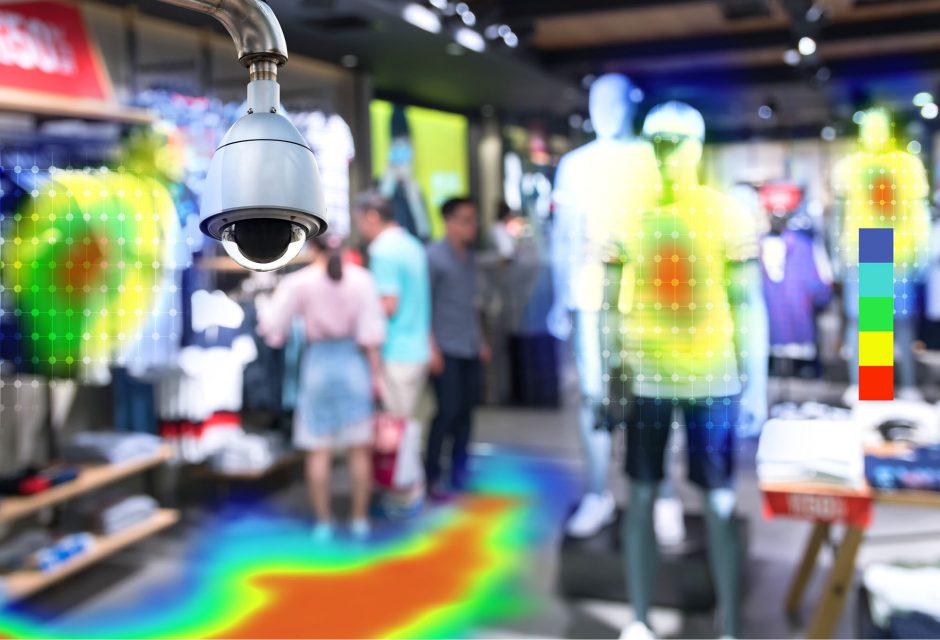It’s entirely possible that in your travels, you’ve heard of the term “conversion funnel” and question how it could help your business. If your company sells any kind of service or product, you may even already have a conversion funnel in place in some form or another.
However, if you don’t partner with a reputable marketing agency, chances are very good that your conversion funnel is not optimized to its fullest capability. Conversion Rate Optimization (CRO) is the practice of converting visitors to paying customers and if you don’t deploy it in 2020, you are missing out on massive opportunities to create revenue out of thin air.
In this article, we’ll consider how to attract more buyers to your conversion funnel, as well as how to optimize that conversion funnel to make it more effective. We’ll also consider how to deal with those site visitors who were not converted so that they might still become converts in the future.
Keep in mind that optimizing your conversion funnel will not happen overnight. CRO is an ongoing practice. Businesses change over time and conversion funnels, and more broadly, CRO must change with it or the process will meet its demise.
What Exactly Is a Conversion Funnel?
Sometimes referred to as a sales funnel, this term helps people visualize the process by which a potential customer will visit your website, and then take some kind of action, or convert, to become a paying customer. When you think about a funnel, you visualize a device which has a broad opening and gradually reduces down to a much smaller opening at the other end.
This is just what happens with a conversion funnel, since a large number of people will be visiting your site, and after moving through the funnel to various stages, a smaller number will emerge at the other end as paying customers. The big difference between an ordinary funnel and a conversion funnel is that you are guiding potential customers through the funnel at every point.
All the while, you’re providing them with options, all of which should be made very clear, so they don’t become confused at any point. This process of moving through the funnel is where conversion rate optimization can take place, as you improve your understanding of the user experience at each of these stages. Whatever their needs are, that’s what you should be providing them with, to guide them through the conversion funnel, so they can emerge at the other end where you want them.
Stages of a Conversion Funnel
Below are described the main stages of any conversion funnel, and how you can implement conversion rate optimization strategies at each of these phases. By improving the user experience at each of these conversion stages, you will have increased the likelihood that any potential customer will convert, and that you will have a paying customer at the end of the cycle.
Awareness Phase
At this stage of the conversion funnel, you should be working to have potential customers visit your site. Actions you can take at this phase include referrals, inbound marketing, outbound efforts, and any other way you can make potential customers aware of your products or services. There are several awareness metrics you can analyze from Google Analytics so that you can better understand the ideas, thoughts, and words which resonate best with your target audience. At this phase, it’s critical to make sure you’re appealing to the right kind of audience because it will be a waste of all your other efforts if you’re not targeting the right segment of users.
Interest Phase
Now that potential customers are aware of your website, you have to do something to interest them in your products or services. Since they have visited your site, you need to have powerful content in place to pique their interest, so you can form a closer relationship with them. You need to make sure that all images, videos, and text content are appealing to the specific target audience you have in mind, and that all these are compelling enough to keep visitors at your site. Having interested them with your amazing content, appealing home page, and fascinating product pages, you then need to guide them toward your contact page, where they can provide you with their email address.
Desire Phase
At this stage of the conversion funnel, your focus should be on making potential customers truly desire whatever it is that you’re offering. One of the best ways you can generate that kind of desire is to include terrific product videos and descriptions, all of which make your site visitors very intrigued about your product offerings. Another very compelling way of increasing user desire is to provide sparkling customer reviews which rave about some aspect of your products, so it will increase the desire of a visitor to have the same product.
Conversion Phase
Your site visitors will actually convert into paying customers at this stage, or they will at least be taking an action that you desire them to, for instance signing up for your newsletter. At this stage of the conversion funnel, you should do everything possible to encourage shoppers to put some of your products in their shopping cart. Make sure that your checkout process is smooth and free of any obstacles or glitches which might cause customers to abandon the process. Improving your checkout process is one major way that you can increase your conversion rate optimization, so this is an area you should take a close look at.
Re-engagement Phase
During this phase of the conversion funnel, you must reach out to previous site visitors who did not convert the first time around, and you should also reach out to customers who did convert, so they can become repeat customers. Customer retention is a critical factor in maintaining sales volume because it’s much cheaper to retain a customer than it is to acquire a new one.
Those who previously abandoned the conversion funnel without converting have at least shown some kind of interest in your products or services, so they need to be re-visited as well. This is the phase of the conversion funnel which reaches out to customers and potential customers who have indicated interest before, and whom you should appeal to for making the first purchase, or for making that next purchase.
